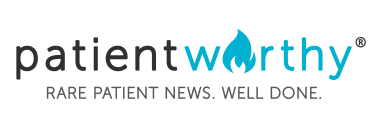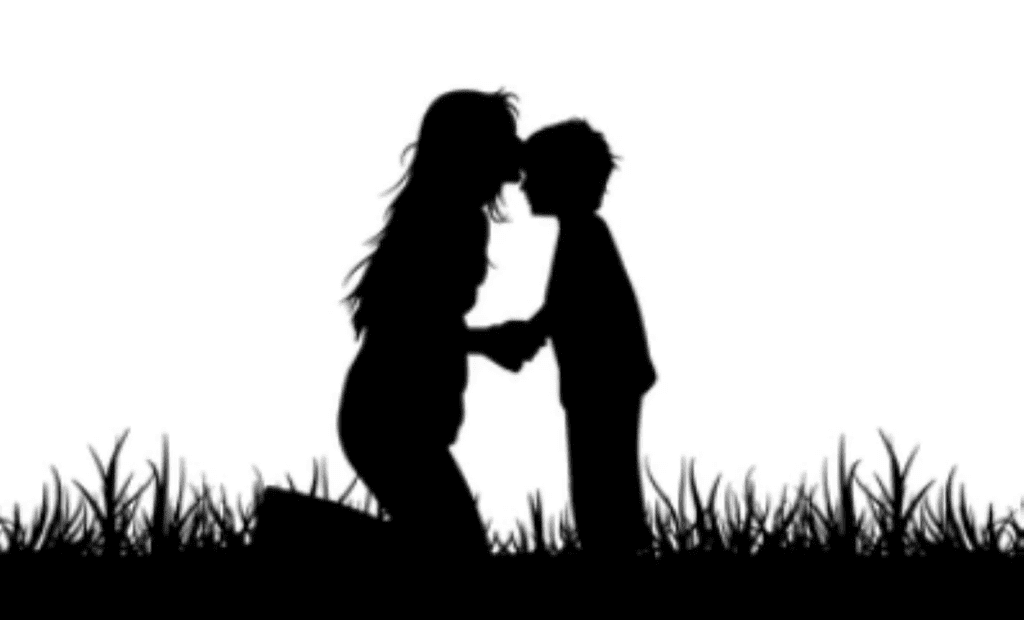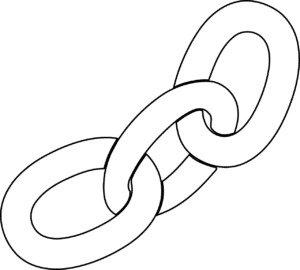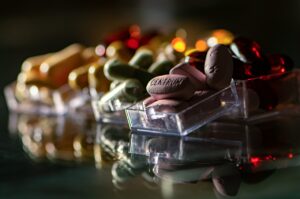When you become a parent, your life changes in an instant. You’re no longer just living for yourself—you’re living for your child. A fierce and unwavering instinct takes over, a need to protect your child from pain, from harm, from anything that might dim the light in their eyes. You imagine teaching them values, cheering them on at milestones, and then gently releasing them into the world with strength and love. You never imagine helplessly watching them suffer. You never imagine a rare disease tearing through your family’s sense of normalcy, altering the course of everything.
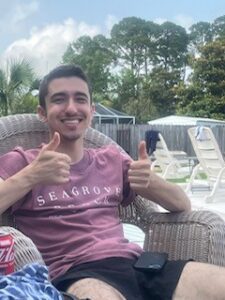 Our son, Dom, was a quiet, easygoing child. As a baby, we could take him anywhere—he never made a fuss. He was healthy, rarely missing school, and he grew into a respectful, compassionate young man. But in May of 2021, everything changed.
Our son, Dom, was a quiet, easygoing child. As a baby, we could take him anywhere—he never made a fuss. He was healthy, rarely missing school, and he grew into a respectful, compassionate young man. But in May of 2021, everything changed.
Dom was away at college when he began experiencing debilitating migraines. Like many young adults, he chalked it up to stress and sleep deprivation. Fortunately, his father happened to be visiting family in the area. We decided Dom should see a doctor—just to be safe. Blood tests were done, and Dom was sent home. A few hours later, our world imploded.
The phone rang. I was thousands of miles away with our other child when I answered and heard my husband’s voice, calm but urgent:
“Honey, we need to take Dom to the hospital. His test results came back—he’s in renal failure.”
Renal failure? How could our healthy, 22-year-old son be in renal failure? It had to be a mistake. I sat on the edge of the bed, frozen in disbelief, his words echoing over and over again.
Dom was admitted to the hospital immediately. His blood pressure was dangerously high. A nephrologist ordered a kidney biopsy, and we waited. Thankfully, my husband stayed with him, acting as a bridge between our frightened son and a terrifying new world of medical terminology and uncertainty.
The biopsy revealed a diagnosis we’d never heard before: IgA nephropathy, a rare autoimmune kidney disease. There is no cure. The only path forward was a kidney transplant.
In a matter of weeks, everything had changed. Dom still had one year of college left, but his life was now centered around survival. As a parent, all I wanted was to fix it. Hug him, reassure him, make it go away. But I couldn’t fix this.
Instead, I fought.
I threw myself into research, reaching out to doctors, reading every journal article I could find, connecting with rare disease advocates. I became not only Dom’s advocate but an advocate for all families battling this cruel disease.
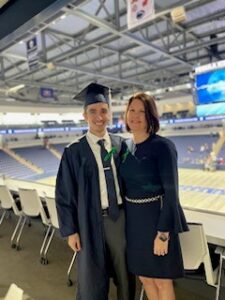 On February 22, 2022, Dom received a kidney transplant. It felt like a miracle. He had energy again. He graduated from college and moved closer to us with his girlfriend. For the first time in nearly a year, our family could breathe.
On February 22, 2022, Dom received a kidney transplant. It felt like a miracle. He had energy again. He graduated from college and moved closer to us with his girlfriend. For the first time in nearly a year, our family could breathe.
But that breath was short-lived.
In September 2023, Dom was hospitalized with cytomegalovirus (CMV)—a common virus that can become life-threatening in immunosuppressed patients. The viral load was the highest the doctors had ever seen. Twice during that terrifying month, we nearly lost him. CMV was the start of another downward spiral.
In January 2024, Dom developed a strange rash and severe calf pain. Another hospitalization. Another heartbreak. Tests confirmed the IgA nephropathy had returned and was now attacking the transplanted kidney. Despite aggressive treatment, the kidney failed.
By July 2024, Dom was on dialysis.
Dialysis has been brutal. The catheter placement led to complications and atrial fibrillation. Blood pressure swings have sent him to the ER multiple times.
One afternoon, I was driving home from work when Dom called. He said something didn’t feel right—his left arm and hand were going numb. I rushed to his home and immediately drove him to the emergency room. Within minutes of arriving, he began seizing and lost consciousness. My son—who had fought so hard—was now unconscious in front of me.
He was stabilized and transferred to the hospital where his main care team was based. There, doctors adjusted his blood pressure medications, trying desperately to find a balance. He was discharged a week later, battered but alive. He tried switching to peritoneal dialysis at home, but because of his small frame, the treatment caused excruciating pain. The emotional and physical toll is beyond anything he—or we—could have imagined.
Now, Dom can no longer work. He is 26 years old. This disease has robbed him of his independence, his energy, and far too many moments of peace. We live in a constant state of vigilance—managing medications, tracking symptoms, bracing for emergencies.
There are days filled with hope and days when the grief of watching your child suffer becomes unbearable. And yet, we persist. Because we must.
I continue to advocate. I follow every drug trial. I contact specialists across the country. I search for stories like ours, for families like ours, hoping to find shared strength and, one day, a solution.
This is not just about Dom anymore. It’s about every young adult blindsided by an autoimmune disease they’ve never heard of. It’s about families who are handed a diagnosis with no cure, only a terrifying list of side effects and a ticking clock. It’s about demanding that rare disease research be prioritized, funded, and shared widely.
Our story is painful. But it’s also one of resilience, of relentless love, of fighting through the darkest nights for even the smallest light.
And if telling it can spark even one more conversation, one more donation, one more breakthrough or one more feeling of “you are not alone” —it will have been worth it.
Dom’s story isn’t over. And neither is our fight.
 About the Author: Jamie Rainelli serves in donor engagement, experience, and events at The University of Texas at Austin, where she has been a member of the Longhorn team since 2019. With a strong background in higher education and alumni relations, Jamie previously worked at the West Point Association of Graduates, supporting alumni societies and engagement efforts nationwide. She brings a deep commitment to fostering meaningful connections between institutions and their communities through strategic events and donor experiences.
About the Author: Jamie Rainelli serves in donor engagement, experience, and events at The University of Texas at Austin, where she has been a member of the Longhorn team since 2019. With a strong background in higher education and alumni relations, Jamie previously worked at the West Point Association of Graduates, supporting alumni societies and engagement efforts nationwide. She brings a deep commitment to fostering meaningful connections between institutions and their communities through strategic events and donor experiences.
